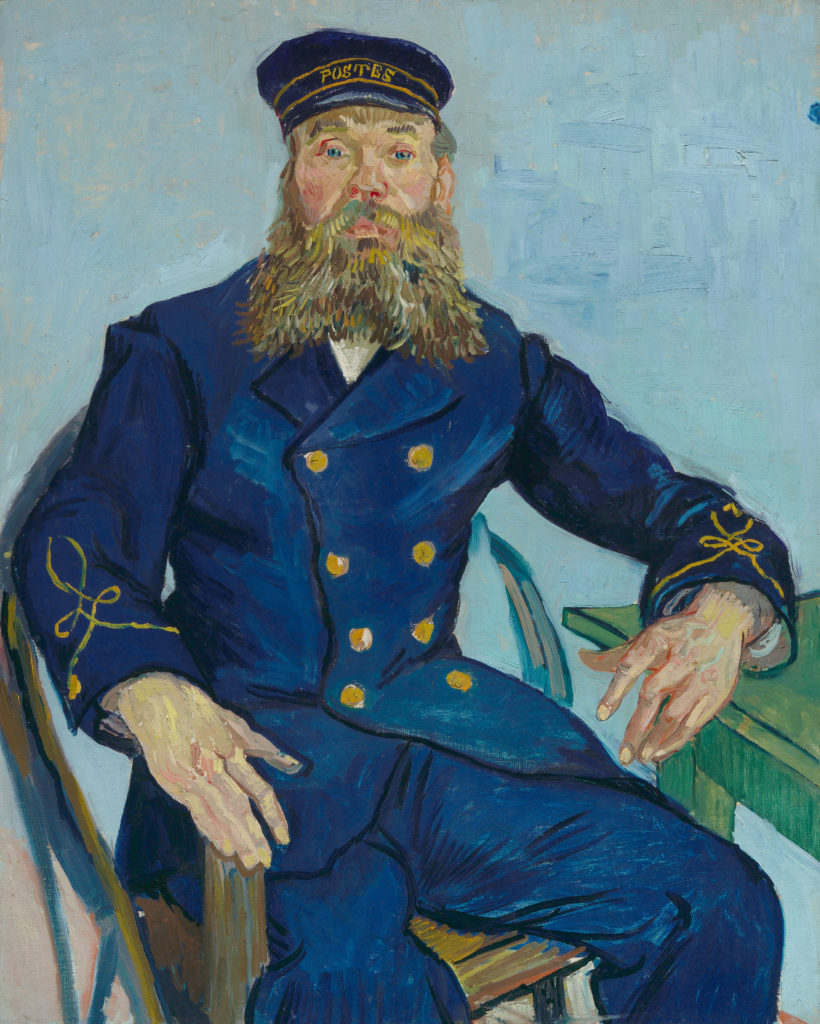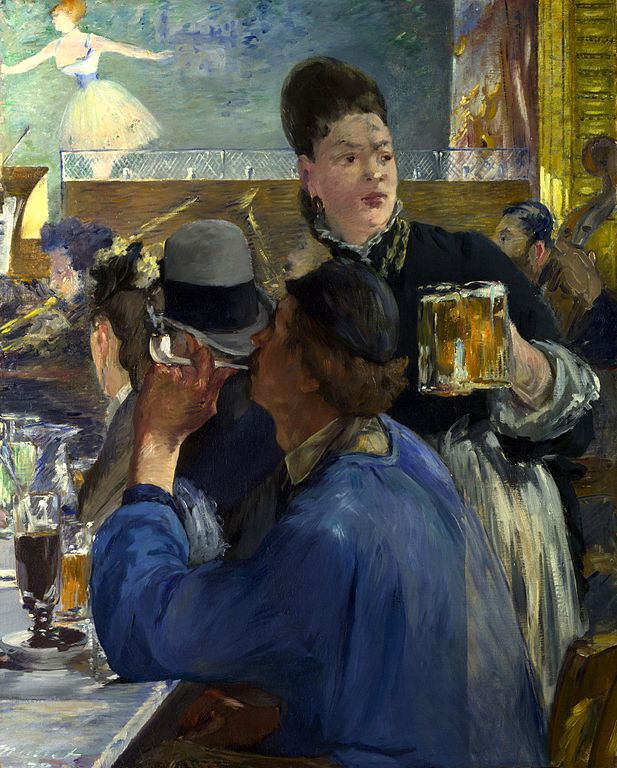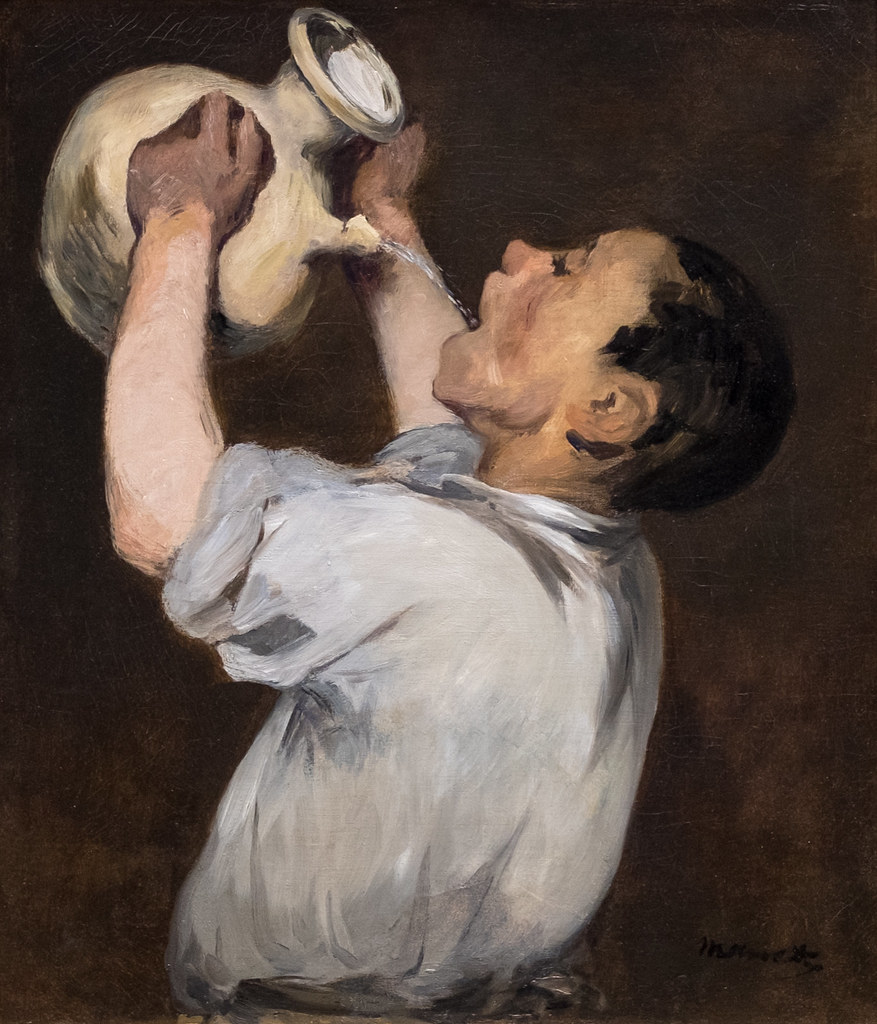Frans Hals Museum
13th October 2018 - 24th February 2019
Hals meets Manet, Singer, Sargent, Van Gogh
Frans Hals was rediscovered as a modern idol two
hundred years after his death. He was admired, even adored by late
19th-century artists such as Édouard Manet, Max Liebermann and Vincent
van Gogh. They were all impressed by his loose touch and rough painting
style, which came across as ‘Impressionist’.
This exhibition shows Frans Hals’s immense impact on these modern painters. For the first time, paintings by the famous 17th-century portrait painter are being shown alongside reactions to his work from other major eras of painting.
Seeing works by Frans Hals alongside virtuoso work
by the artists whom he inspired gives insight into how modern Frans Hals
was in in their eyes: ‘Frans Hals, c’est un moderne’.This exhibition shows Frans Hals’s immense impact on these modern painters. For the first time, paintings by the famous 17th-century portrait painter are being shown alongside reactions to his work from other major eras of painting.

Rediscovering Frans Hals
Exactly 150 years ago – in 1868 – Frans Hals was rediscovered by the influential French art critic Théophile Thoré-Bürger. Art critics had disregarded Hals for most of the eighteenth century and the first half of the nineteenth. His innovative painting style with his lose touch no longer chimed with the prevailing academic style. This loose painting style was associated with his ‘licentious’ lifestyle and presented as a poor example. This meant that his paintings were worth little in the art market and Frans Hals’s name did not feature in most works about the Golden Age.Thoré-Bürger (who was also instrumental in rediscovering Vermeer) discussed Hals’s work in various publications, but it was two articles for the influential art magazine Gazette des Beaux-Arts, in which he extolled the artist’s virtues, that had the most impact. Thoré-Bürger specifically cited Hals’s virtuosity and daring brushwork as an example to modern artists. The articles sparked renewed interest in Hals’s paintings and a reassessment of his style among contemporary painters. The price of his works skyrocketed, and every respected museum and collector was eager to acquire a Hals. Many painters – to begin with mainly French, but soon German, English and American too – travelled hundreds of miles to Haarlem, which became a veritable place of pilgrimage for artists, where they could admire Hals’s work in the recently opened Gemeentemuseum (1862).
Frans Hals and the Moderns
The 150th anniversary of this rediscovery is an opportunity to stage an exhibition about the grand master of the portrait. Frans Hals and the Moderns: Hals Meets Manet, Singer Sargent, Van Gogh reveals the strength of Hals’s influence on painters in the second half of the nineteenth century. Frans Hals was admired, even worshipped by late nineteenth-century artists like Edouard Manet, Max Liebermann, John Singer Sargent, James Ensor, Mary Cassatt, Gustave Courbet, McNeill Whistler, William Merritt Chase, Henri Fantin-Latour and Vincent van Gogh. They were impressed by his lose touch and rough manner, which they saw as ‘impressionist’.This exhibition, which runs from October 13, 2018 to February 10, 2019 in the Frans Hals Museum, in the Hof, features some eighty loans reflecting the impact Hals had on these modern painters. For the first time in the history of art, paintings by Frans Hals will be placed alongside works and artists he inspired.
Frans
Hals, Regentesses of the Old Men's Alms House, circa 1664. Oil on
canvas. Frans Hals Museum, Haarlem. Photo: Rene Gerritsen.
Frans Hals, a Dutch Gentleman, National Galleries of Scotland
Frans Hals, Portrait of Pieter Jacobsz Olycan, 1629/30, Frans Hals Museum, on loan from a private collection
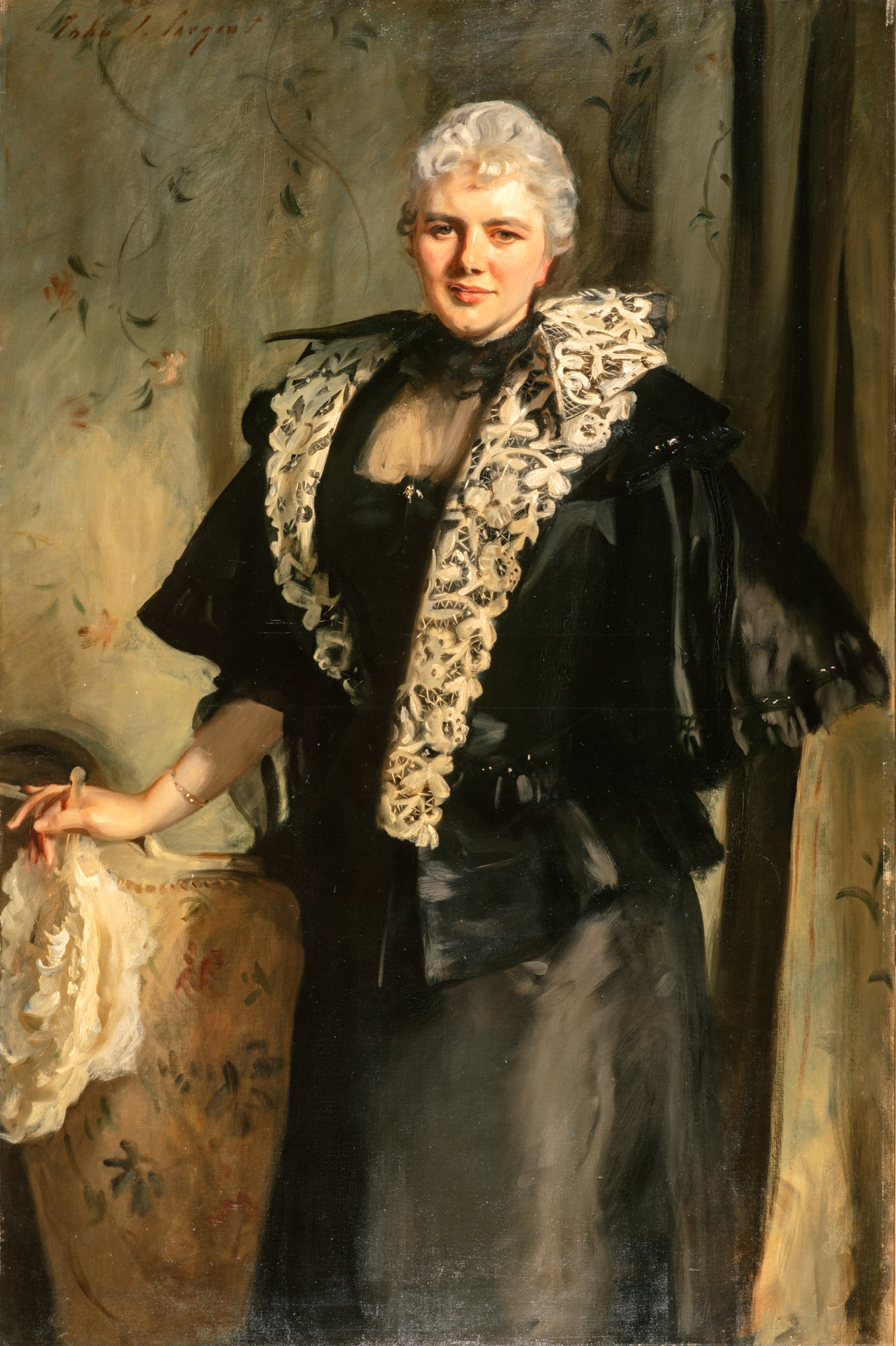
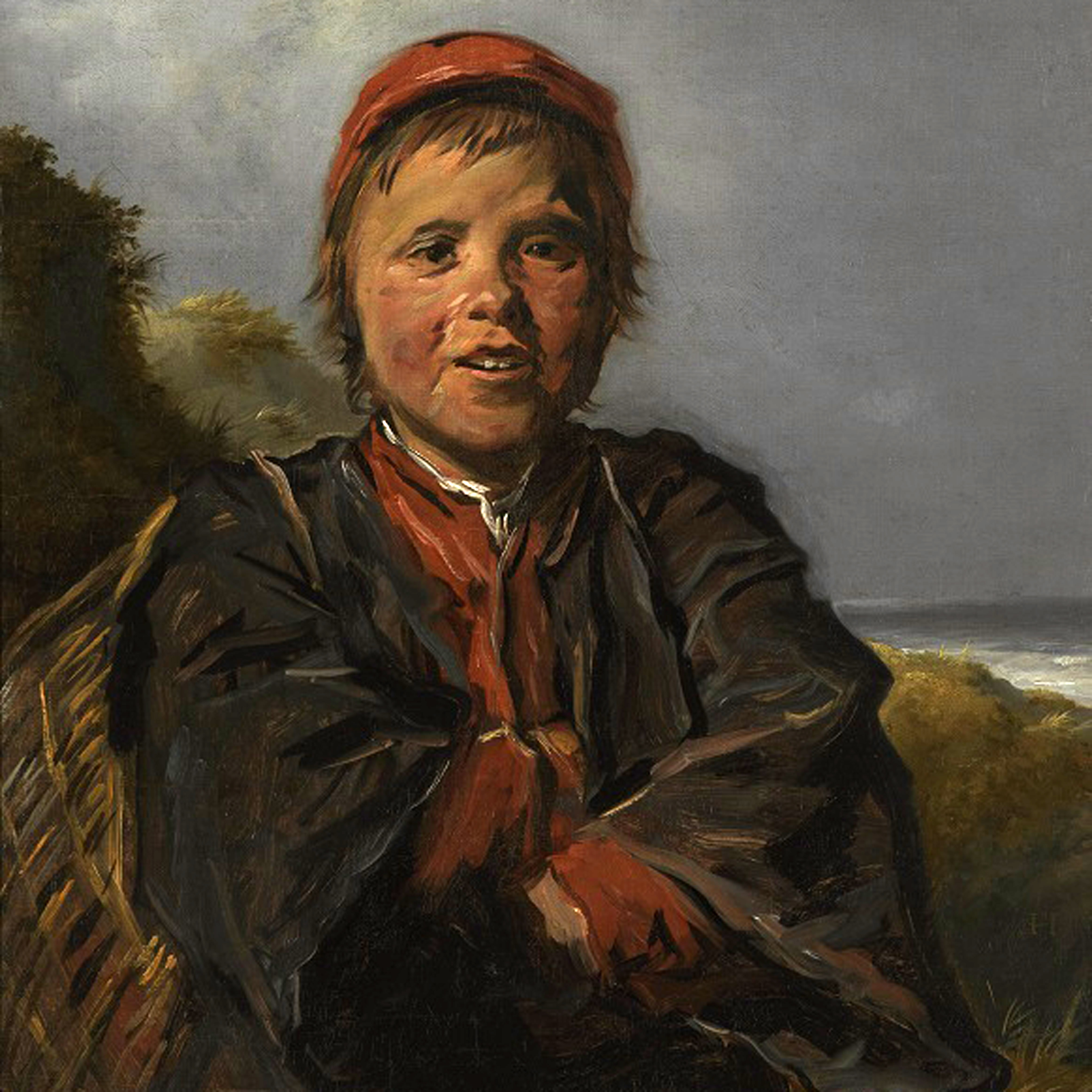
Frans Hals (ca. 1582-1666), The Fisher Boy (detail), 1632/1633
Koninklijk Museum voor Schone Kunsten Antwerpen, Antwerp
